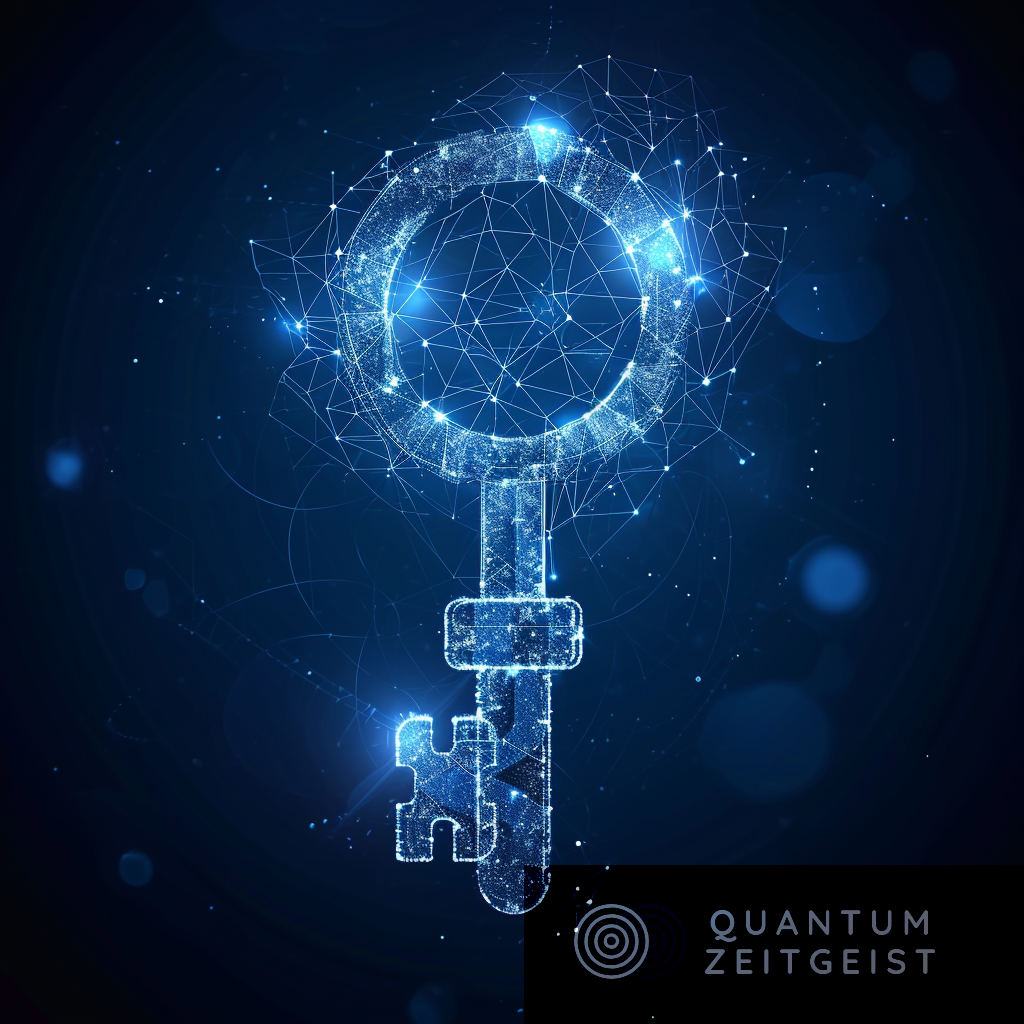In the ever-evolving landscape of digital security, the concept of quantum cryptography has emerged as a beacon of hope for those seeking unassailable protection against the burgeoning threats posed by cybercrime. This innovative technology relies on the principles of quantum mechanics, offering a paradigm shift in our understanding of what constitutes secure communication. But the question that invariably arises is: is quantum cryptography truly unbreakable? To answer this, we must dissect the underlying principles, advantages, limitations, and the implications that arise from this cutting-edge field.
Quantum cryptography primarily utilizes a phenomenon known as quantum key distribution (QKD). It fundamentally differs from classical cryptographic methods, which are often based on mathematical conjectures that could, theoretically, become vulnerable as computational power increases. Conversely, QKD capitalizes on the intrinsic properties of quantum states, notably the phenomenon of entanglement, wherein particles become interconnected in such a way that the state of one immediately influences the state of another, no matter the distance separating them. This interconnectivity makes it virtually impossible for an eavesdropper to intercept the key without introducing detectable disturbances in the quantum states.
One of the most compelling aspects of quantum cryptography is its promise of unconditional security. In classical cryptography, the strength of a key, often measured in bits, determines how secure a communication channel is against brute-force attacks. However, as computational technologies advance, particularly with the advent of quantum computers, the once-sturdy fortifications of traditional cryptography may crumble, revealing vulnerabilities. Quantum cryptography mitigates this risk by ensuring that any attempt to intercept the quantum states implies an alteration that is easily detectable by the communicating parties. Thus, this system does not rely on computational complexity but on the laws of physics, leading proponents to claim that it is, in effect, unbreakable.
Despite its alluring advantages, quantum cryptography is not without its limitations. The requirement for a physical medium to transmit quantum states, typically photons, introduces a vulnerability that classical systems do not encounter. Environmental factors such as noise and loss during transmission can degrade the quantum states, potentially compromising the key’s integrity. Furthermore, the technology is still in its infancy, marred by issues of scalability and integration into existing infrastructure. While theoretical models provide an optimistic outlook, practical implementations often grapple with significant financial and logistical challenges.
Moreover, the notion of “unbreakability” must be scrutinized through a more nuanced lens. Although QKD offers robust protection against eavesdropping, it does not intrinsically secure data once it has been transmitted. An adversary could still engage in a range of attacks post-communication, including man-in-the-middle attacks or even compromising the endpoints where sensitive data is ultimately housed. In this respect, the security provided by quantum cryptography operates on a very specific axis and does not render the entire communication process invulnerable. It presents a formidable layer of defense but is not an all-encompassing solution.
What, then, is the trajectory for quantum cryptography? The allure of its purported unbreakability has spurred intense research and investment in this domain, leading to explorations of potential synergies with other emerging technologies, such as blockchain. The intersection of quantum mechanics and distributed ledger technology may facilitate even more secure communication frameworks. However, stakeholders must also grapple with ethical questions regarding access and applied use. As with most advanced technologies, particularly those involving security and surveillance, the potential for misuse remains a daunting specter. The very capabilities that make quantum cryptography appealing could also be co-opted for nefarious purposes.
As we stand on the precipice of a revolution in digital security, it becomes imperative to cultivate a balanced perspective. The excitement surrounding quantum cryptography cannot obscure the complexities and challenges that lay ahead. Emphasis should be placed on fostering a comprehensive understanding of both its potential and its pitfalls. Holistically, these discussions inform critical decision-making regarding technological investments, legislative oversight, and ethical considerations.
In conclusion, while quantum cryptography presents an innovative approach to secure communication, its claim of unbreakability is rooted in a foundational analysis of its strengths and limitations. As advancements are made, the promise of unassailable security may eventually become a reality; nevertheless, such assertions must always be tempered with a degree of skepticism informed by rigorous scrutiny and empirical evidence. Security in the digital age is a multifaceted challenge, and quantum cryptography stands as a notable contender, inviting further exploration into the burgeoning and kaleidoscopic universe of cryptographic possibilities.









Leave a Comment